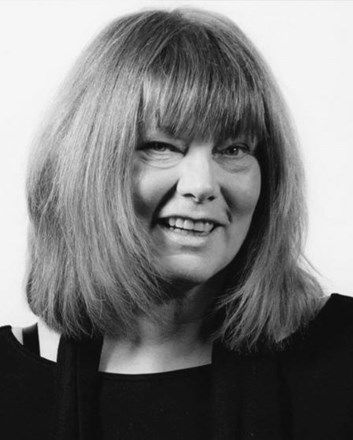Why Artform Development Matters
- elwellchris
- Sep 3
- 4 min read
Updated: 7 days ago
Thankfully, since going freelance, I’m still invited - just as I was when I worked at the Half Moon - to attend ‘workshares’ or end-of-development performances of work in progress. I was at one just last week, at the National Theatre, as part of their Generate Programme. It proved to be a great investment of my time, as we were presented with a glorious, tour-ready piece called At Sea, by Life and Limb Puppets.
It got me thinking about this type of work, which is often bundled under the catch-all term artform development. I’ve been doing this kind of thing for over 30 years, particularly within theatre for young people and families. Some of the more recognisable schemes I created include Exchange for Change and Narratives of Empathy and Resilience. Alongside those were - and still are, in my freelance life- less visible but just as meaningful activities: mentoring individual writers, coaching artists, and helping to seed ideas and scripts.
At its heart, this work is about offering artists a supported environment for play and experimentation - ideally in partnership with the children and young people who will experience and inform the work. And this approach isn’t just about making theatre. It’s a model for creative cultural practice and pedagogy. It teaches us that process matters just as much as product; that play and risk are powerful and necessary strategies; that listening to collaborators is both a skill and an ethical responsibility. It reminds us that co-creation demands humility, flexibility and responsiveness. And that dramaturgy, in this context, isn’t about control or ego - it’s about holding space for the unexpected to emerge. Most importantly, when making work for young audiences, it insists that children and young people are not only considered, but actively present, honoured and listened to at every stage of the process.
So yes - artform development, R&D, whatever you want to call it - does carry weight, because it’s important. Why? Because it represents intentional investment in exploring new ways of making theatre- whether that’s through innovative processes, emerging technologies, cross-disciplinary collaborations or simply by carving out space for artists to explore without the pressure of delivering a polished product.
One of its biggest strengths lies in its openness to experimentation. These spaces allow for trial, error, and the invaluable ambiguity of not knowing. And let’s be honest - without risk, there’s no real innovation.
Development also allows artists to strengthen their practice. Whether through workshops, residencies, laboratories or research-led initiatives, it’s a chance to reflect deeply, collaborate meaningfully, and reconnect with their own creative instincts. It’s not just about making something new- it’s about refining the how and why of making. In these spaces, artists often discover new methodologies that influence their work for years to come.
This is also where the form starts to diversify. Artform development has become a key space for emerging voices and experimental storytelling. Whether through digital or immersive work, community-driven practice or cross-artform collaboration, this is often where we see the edges of theatre being stretched. These explorations challenge traditional narratives and expand our understanding of what theatre can be - and who it’s for. And that has a ripple effect, influencing future work, shaping programming decisions and sparking new collaborations.
That said, it’s not without its tensions. One of the biggest challenges is visibility. Because development work often happens behind closed doors, it can be hard to communicate its value to the wider public - or to funders. Without a tangible ‘product’ to sell tickets for, it can be difficult to justify investment, particularly in environments where success is measured in ticket yield.
There’s also the issue of access. Too many opportunities are unpaid or underpaid, relying on artists having the financial freedom to take part. This limits who can participate and makes some of these spaces feel inaccessible. Ironically, processes meant to open up the form can end up reinforcing existing inequalities.
Another potential pitfall is the risk of over-development. Some projects get stuck in a loop of R&D, always being refined, never quite reaching production. And while schemes and structures are brilliant, there still needs to be clarity on what comes next. Artists need outcomes as much as they need opportunities.
So, is it worth it? In short—absolutely. But the way we approach it matters. Artform development is essential if we want theatre that’s alive, relevant, and responsive. And again, when it comes to work for young audiences, we must never forget that they deserve to be included, respected, and listened to throughout the development process—not as an afterthought, but as essential collaborators.
So, if you’re involved in artform development, always feel free to invite me along. And in my freelance life, I’m always open to bringing my many years of mentoring and guidance to the table as a paid partner in that process. Just get in touch—I’d love to be part of it. Drop me a message via this blog or the contact form on this website. I hope to hear from you.
Until next time
Chris




Comments